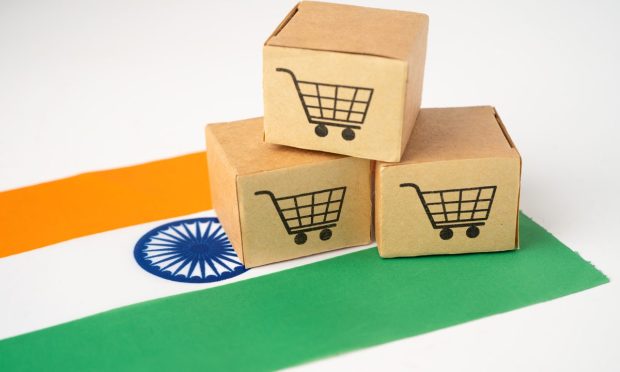India’s Unicorns Multiply as ‘House of Brands’ Direct-to-Consumer Concept Takes Wing

India abounds in unicorns this year, the newest being New Delhi-based GlobalBees, founded in April and now valued at $1.1 billion after its $110 million Series B fundraise just announced Wednesday (Dec. 29), as the company builds and scales a portfolio of digital-first brands.
Widely seen as mirroring the Thrasio model of acquiring and scaling small sellers from Amazon’s FBA universe for an average price around $1 million, GlobalBees itself isn’t commenting on the new cash infusion, but market watchers see a clear trend.
GlobalBees’ principals, former Edelweiss Financial president Nitin Agarwal and FirstCry co-founder Supam Maheshwari, are reportedly in discussions with 15 or more FBA sellers now as the company moves to create a stable of direct-to-consumer (D2C) eCommerce brands.
The “house of brands” acquisition entrepreneurship strategy popularized by Thrasio is inspiring a group of lookalike firms to specialize in taking obscure yet promising D2C brands to the next level of growth with its expertise in operations, technology, marketing and logistics.
In some ways behind the digital shift — Fortune India reported in November that “90% of e-commerce business in India happens through cash on delivery (COD)” — and in other ways ahead of it through efforts like the country’s Unified Payments Interface (UPI), India provides fertile ground for the current boom in D2C, eCommerce and digital payments.
When its initial fundraise was announced earlier this year, The Economic Times of India cited a statement from the company saying “GlobalBees looks to partner with digitally native brands across categories such as beauty, personal care, home, kitchen, food, nutrition, sports, lifestyle etc. with a revenue rate of $1 million to $20 million.”
India pivoted to eCommerce during the pandemic, and it’s having transformative effects.
Government trust the India Brand Equity Foundation (IBEF) stated that “India’s e-commerce market is expected to reach US$111 billion by 2024 and US$200 billion by 2026. Much of the growth for the industry has been triggered by an increase in internet and smartphone penetration.”
The IBEF added that the Indian government has “identified five areas in its proposed national retail policy — ease of doing business, rationalisation of the licence process, digitisation of retail, focus on reforms and an open network for digital commerce — stating that offline retail and e-commerce need to be administered in an integral manner.”
The combined effects of ecommerce and digital payments growth and access is well timed in India as D2C demand is increasing, reflecting wider trends seen this year.
PYMNTS’ 2021 Subscription Commerce Conversion Index, a sticky.io collaboration, notes that D2C commerce is “an untapped opportunity for merchants looking to boost conversion,” for example finding that 45% of Gen Z subscribers used only D2C subscriptions in Q2 2021.
“The biggest increase in interest occurred among consumers who would like to get their pet supplies, health and wellness products and clothing via D2C subscriptions,” per the Index.
Get the study: The 2021 Subscription Commerce Conversion Index
